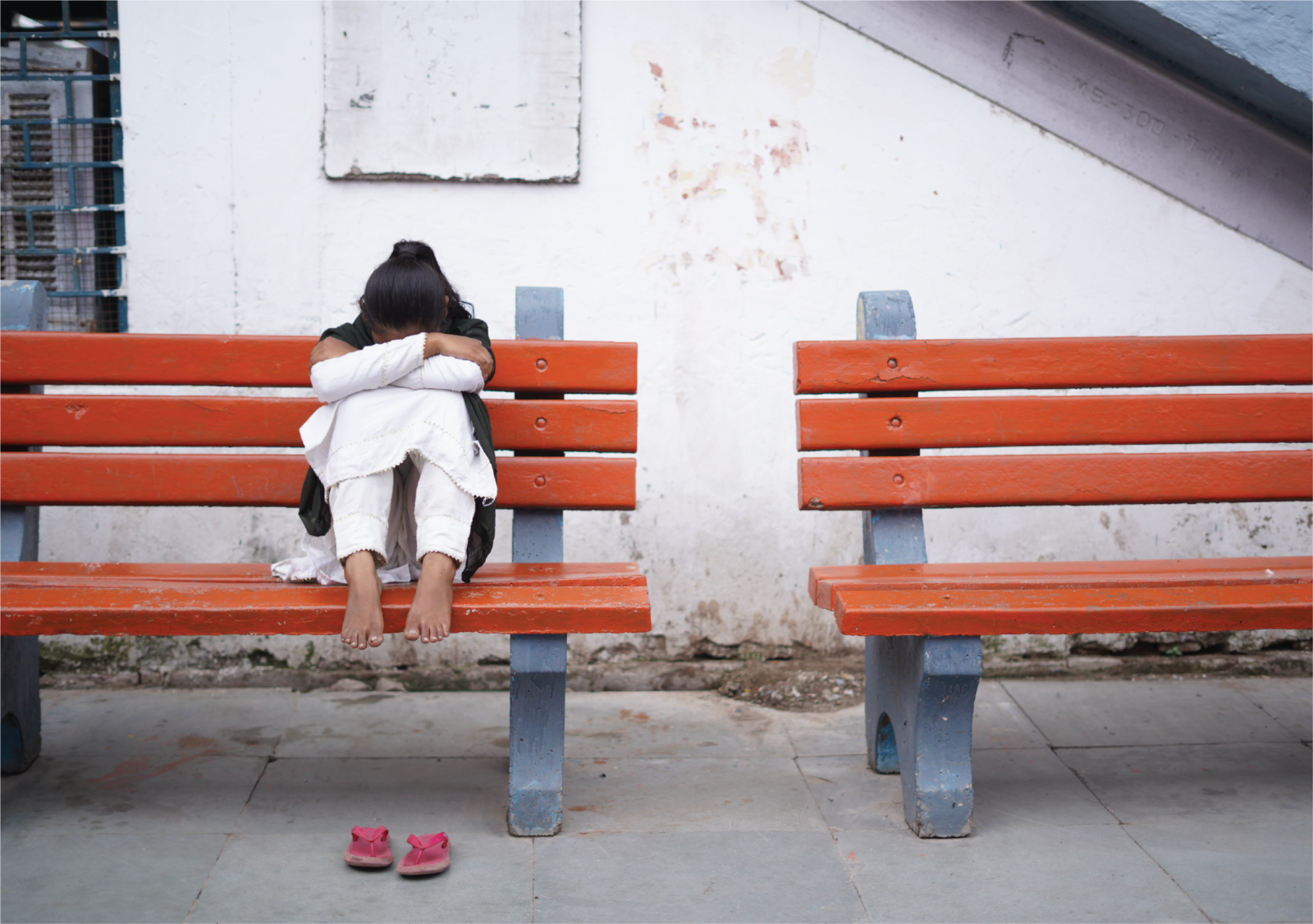The year 2024 has been a record-breaker for global average temperature. As climate change intensifies, children are facing its acute impact. Floods in deserts, rains in winters, school closures due to poor air quality and, and deaths due to heat spikes, children today are witnessing it all. Amidst this global phenomenon, the 29th session of the Conference of the Parties, or COP 29, convenes in Baki, Azerbaijan on 11th November.
Held annually by the United Nations Framework Convention on Climate Change (UNFCCC), this international convention sees global leaders, scientists and environmental advocates coming together to prepare a plan of action that tackles climate change. In more ways than one, this crucial convention offers a road map for the year ahead, but what does it mean for children? Let’s find out.
1. Climate Agreements between Countries
Climate agreements reached at COP29 the tone for international cooperation. For children, who are already facing the consequences of climate inaction, these agreements are critical. Whether it’s the allergy season post-festivals or the sporting summers, every season today is marred with extreme climate fluctuations affecting children. With more ambitious agreements and stricter norms for action, COP29 has the chance to turn the heat off (pun intended) for children.
2. Funding for Climate Action
The historic Loss and Damage Fund approved during COP27 laid a moral imperative to act on developed nations to compensate for the impact experienced by developing nations. Children from vulnerable regions of developing and under-developed nations can receive some respite from both and funds and funding agreements approved during COP29. Securing financial support at COP29 could mean better healthcare, cleaner air, and more sustainable infrastructure in these regions, all of which directly improve children’s safety and quality of life.
3. Scientific Advancements
The role of climate change in the lives of children is brought alive and made tangible with numbers and reports. Scientists gathering at the COP lay down veritable data, such as the landmark report by the Intergovernmental Panel on Climate Change (IPCC) identifying children as most vulnerable to air pollution and climate-related diseases. These reports and data serve as benchmarks for calibrating actionable measures. Advanced climate solutions derived from the scientific community at COP29 will have an outsized impact on the health and safety of children.
4. Youth Engagement
Youth activists have been increasingly vocal at COP conferences, bringing the urgency of climate action to the forefront. COP29 is expected to see even more youth involvement, with young leaders advocating for policies that align with their vision of a sustainable future. Young people are uniquely vulnerable to climate change, and they know it. Many are demanding that their voices be considered in policy-making, arguing that the decisions made today will impact their entire lives. This growing youth engagement not only empowers children to take control of their future but also places pressure on world leaders to commit to stronger climate policies.
5. Reporting and Monitoring Standards
Without accountability, the agreements signed and funds approved remain words on paper. Reporting and monitoring standards will ensure that promises made to children are real commitments, offering a safer more stable climate future to our children. By keeping countries accountable, COP29 can help create an environment where children will grow up seeing real, measurable progress toward a habitable planet.
The agreements reached at COP29 could be pivotal for children facing the brunt of a callous global inaction. For the sake of their health, safety, and opportunity, world leaders must seize this chance to build a resilient, sustainable future for children worldwide.






